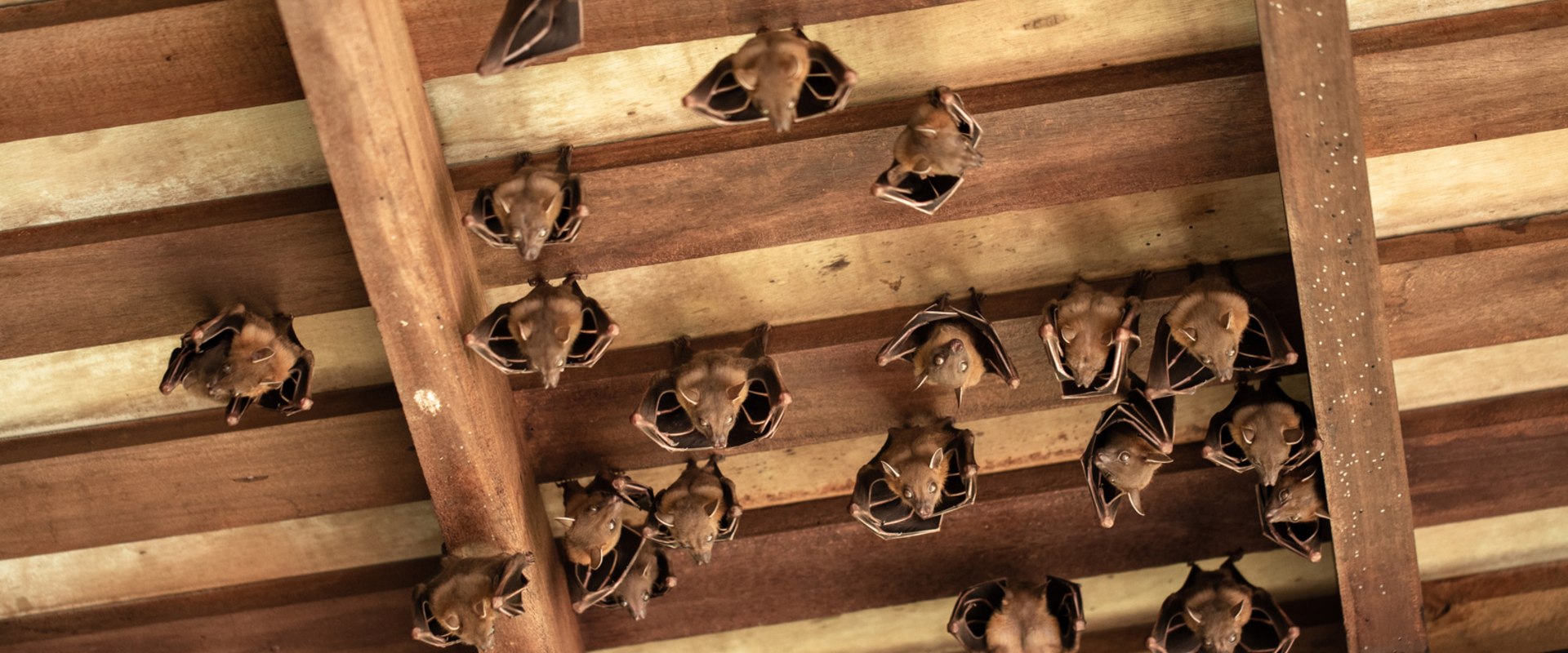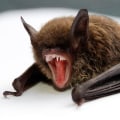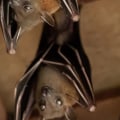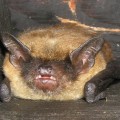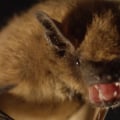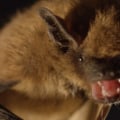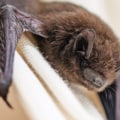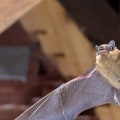After about five days (depending on the species), bats will die of thirst and the risk of them entering for this reason disappears. Because bats can smell water, homeowners sometimes find them trapped in toilets, sinks, or bathtubs. If you start the eviction too early in the summer, you might be left with orphaned baby bats in your home, who couldn't survive. In much of the country, domestic bats migrate in autumn to hibernate in mines and deep caves.
If your bats have gone to their winter quarters and you know where they're coming from, late fall is a good time to seal off all outdoor entry points and clean up excrement. How long has the exclusion of bats taken? Bats will need to return to the location of the attic room to find their way out of the structure to feed. Undoubtedly, the bats will leave with the exit, which will have an exclusion device installed to ensure that bats cannot return directly to the residence.
Both the location of bats in the frame and the feeding cycle of bats affect the time it takes to remove them.
.Large accumulations of bat droppings can harbor histoplasmosis fungal spores, which, when inhaled, can cause a lung infection known as a hystus. Histological cases have not been reported in Maine, but precautions should be taken when cleaning or removing large accumulations of bat droppings. Call your local health department for recommendations. Rabies is spread when the saliva of an infected animal enters the body through a bite or scratch, or comes into contact with the eyes, nose, mouth, or a skin wound.
There's little risk of getting rabies from a bat, as long as you're careful. People can't get rabies by touching droppings, blood, urine, or bat fur. By providing alternative shelters (bat houses), you can manage these animals without getting in the way, but still benefit from their presence. Bats don't damage or destroy property by gnawing or chewing, but their droppings can cause odor problems.
If you use putty or expandable foam, apply it early in the day to make it firm and not sticky when bats inspect the area at night. Certain species, such as the common large brown bat, which is normally found in barns and in many homes during the summer, are resilient enough to tolerate large temperature fluctuations and human disturbances during part of the winter. If a condominium unit has a bat colony in the attic, the entire building must be treated, not just that unit. Unlike other methods that can temporarily ward off bats, such as using ultrasonic noise generators, turning on a light or playing the radio in the attic, protecting bats is a permanent solution to any problem with bats.
It is important to clean diligently and ensure that all openings are sealed, as any remaining odors will indicate to the bats that the house is a big hotel and that they will move in right away. There is already bat activity in your area, so bats should have no problem finding a box on your property. Successfully excluding bats involves placing a net over the entrance where bats enter (usually a hole or crack). Because flying insects aren't active during the winter months, bats must hibernate or migrate to survive the winter.
When I arrived at the property, underneath part of the ledge, I could see an exclusion device, a nylon mesh flap attached to the building above an entry point for bats. If only part of the house is treated, bats will simply start using an untreated area and will continue to inhabit the structure. They have to be far enough away to see as much of the building as possible without having to turn their heads; it only takes a second for a bat to get out and fly. However, if your house is structurally sound and only has one or two bat entry points, it's a fairly simple do-it-yourself process, according to Barbara French.
.
